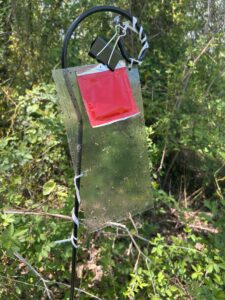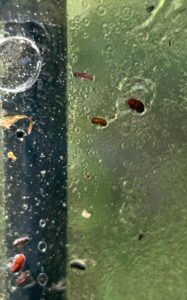Some important actual and anticipated pest emergences as of 5/1/25
- Boxwood leaf miner emergence in southern NJ – monitor locations now.
- Crapemyrtle aphid appearance in southern NJ
- Bronze Birch Borer (BBB) approaching adult emergence
- Red-headed flea beetle (RHFB) egg hatch – adult treatment with systemic applications
- Clearwing Borer adult flight – time to monitor
- Conifer scale crawler emergence anticipated
- (click the ‘Read More’ below for complete dates in S-C-Northern NJ per pest)



